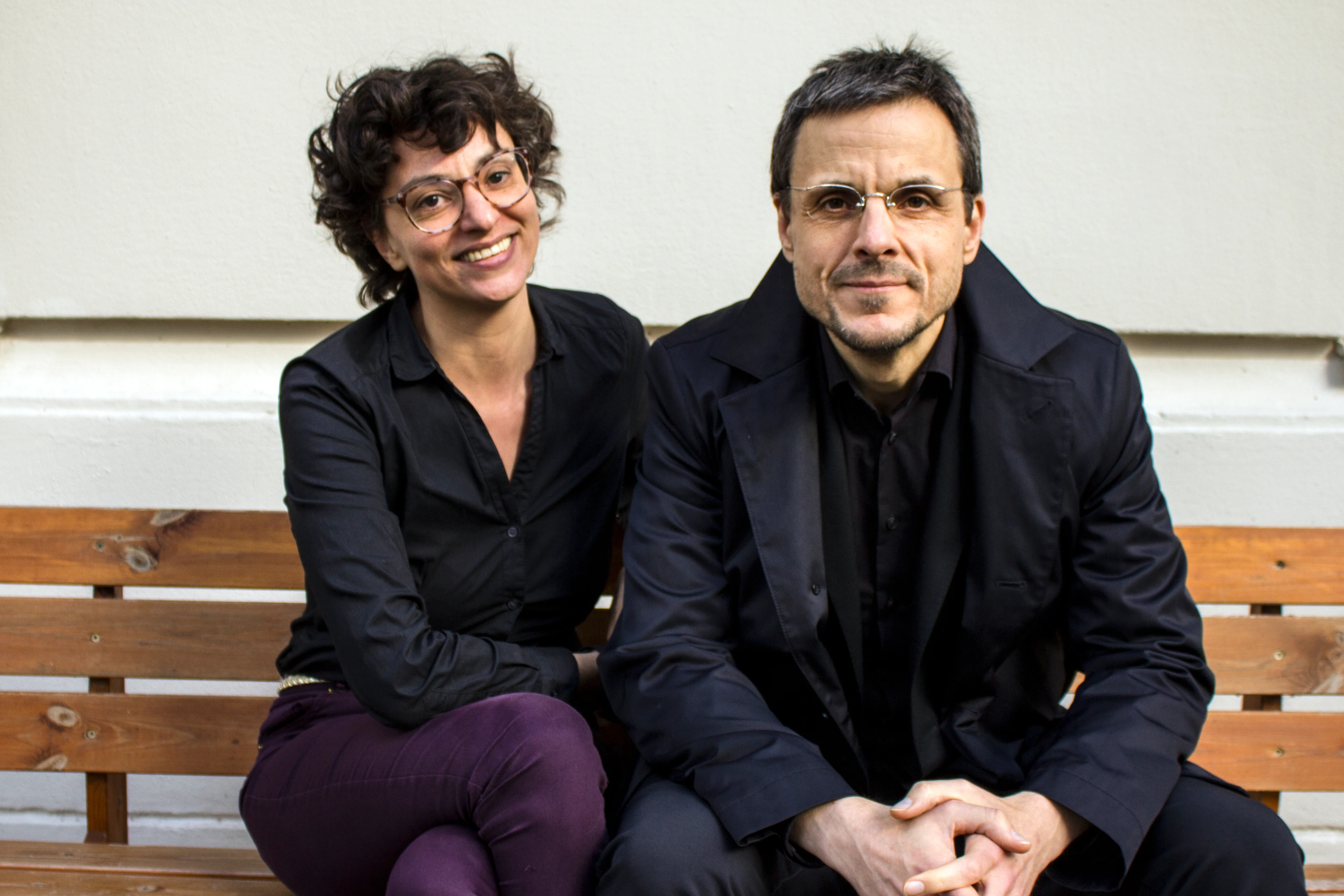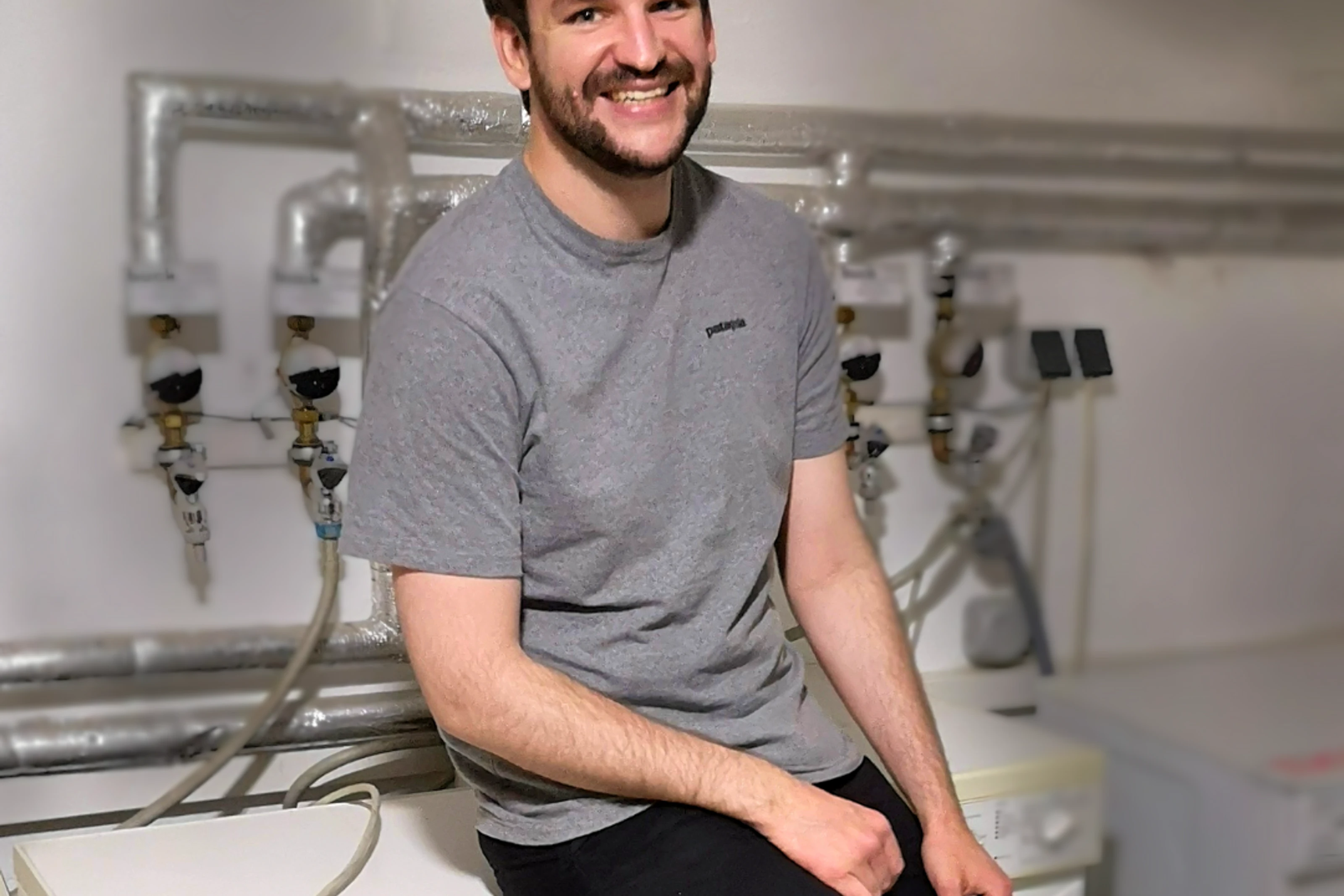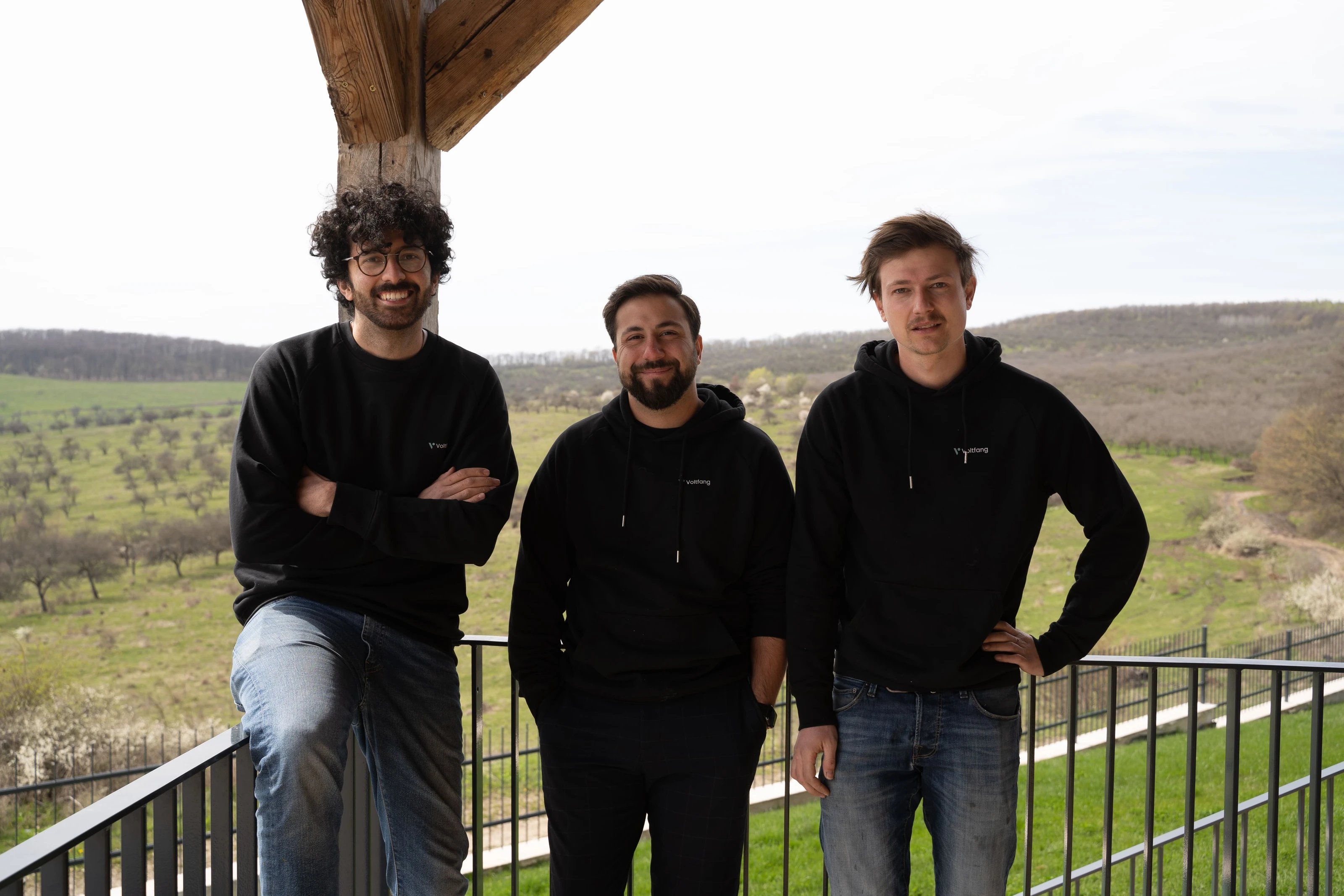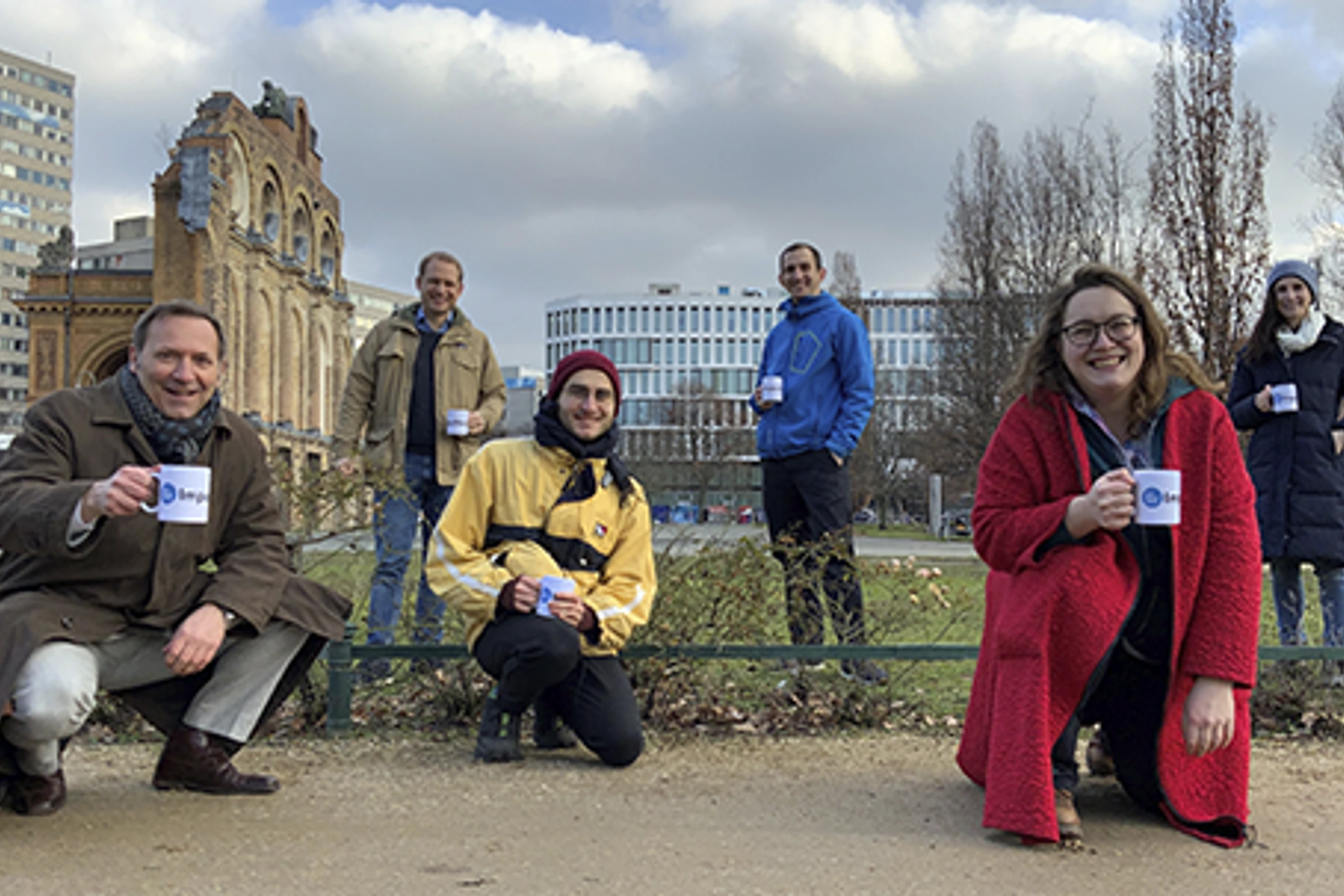
Last winter was characterized by sparsely snow-covered ski slopes in the Alps, with more green than white, and the weather was even spring-like. On New Year's Day, the temperature in Switzerland rose to +20 degrees Celsius - never before has it been so high in January on the northern side of the Alps.
What this has to do with companies and how sustainability goals can be achieved.
In the last century, the climate in the Alps has changed a lot. The average temperature has risen by an alarming 2°C, twice the global average. The latest IPCC report shows that if the current trend continues, the goal of the 2015 Paris Climate Agreement to keep the increase in global average temperature below 1.5°C is barely achievable: it is currently 1.1°C. By the early 2030s, the world is likely to exceed that limit. One of the most memorable statements of the past year undoubtedly came from UN Secretary General António Guterres at COP27, when he declared that the world was "on a highway to climate hell with our foot on the accelerator."
The issue's urgency has led more companies of all sizes to set their net-zero climate targets. However, we still need to catch up to the pace of change we should be achieving. There are doubts about the effectiveness of such marks, with the U.N. Secretary General calling them "varying levels of rigor and loopholes wide enough to drive a diesel truck through."
A typical pitfall is a pure CO2 focus. 50% of the emissions come from material use, and virgin resource extraction has even more severe consequences than "just" accelerating the climate crisis. Companies should take into account the resource question and think about how to de-materialize.
Matthias Ballweg, co-founder and managing director of CIRCULAR REPUBLIC
Why do industries not meet their emissions reduction targets?
Net-zero goals are missed for a variety of reasons. Often, big words do wonders for the brand, while the feasibility of these goals falls by the wayside. Reducing emissions requires a long-term commitment. Companies must be willing to invest in the resources and technology necessary to meet their goals and ensure they are consistent with national policy. The first step is to identify the source of their emissions. Because pollutants from the supply chain, product use, and disposal are the most common sources of emissions across industries, frameworks such as The SBTi's Corporate Net-Zero Standard advise companies to prioritize actions and investments to reduce the carbon footprint within the value chain over focusing on emissions outside the chain.
"A typical pitfall is a pure CO2 focus. 50% of the emissions come from material use, and virgin resource extraction has even more severe consequences than "just" accelerating the climate crisis. Companies should take into account the resource question and think about how to de-materialize," emphasizes Matthias Ballweg, co-founder and managing director of CIRCULAR REPUBLIC.
The second major challenge is measurability: companies need to set measurable emissions reduction targets from the outset so they can track, adjust and improve their progress. Transparency to the public is also increasingly important. In EU countries, companies in specific industries must report their greenhouse gas emissions publicly. These regulations are expected to become more stringent and comprehensive in the future.
There are enough incentives to achieve net-zero emissions and translate decarbonization targets into concrete climate action: the European Green Deal investment plan, the European Regional Development Fund (ERDF), and the European Agricultural Fund for Rural Development (EAFRD). However, many companies need help to make the first contact with any of these funds, neglecting the most crucial first step: a thorough analysis of their activities to identify the gaps in their efforts and the resources to fill them.
Today, especially in sectors like energy, transportation, agriculture, and manufacturing, corporations have a critical role in reducing global emissions and realizing net-zero goals.
Sylvia Stojilkovic, Managing Partner at TechFounders
Innovation ecosystems: connecting companies and start-ups.
Solutions to complex challenges require collaboration among stakeholders from all industries and backgrounds. Open innovation frameworks enable stakeholders to pool their skills, resources, and experience to develop more advanced and practical solutions. Initiatives such as RE100 and CE100 set new sustainability standards for industries and governments by bringing together businesses, the public sector, and academic institutions to accelerate the transition to a circular economy and drive the shift to renewable energy. To do this, they conduct petitions, provide technical criteria for governments, and offer resources, toolkits, and networking platforms. Countries like Iceland, where nearly 85% of energy comes from domestic renewable sources, demonstrate that a successful energy transition is possible.
"Leading companies of the next decade are not defensive around de-carbonization and de-materialization but play offense. They proactively adjust their business models, and the way how to satisfy customer needs way ahead of regulatory trends. This strategy was already successful in the past five years and will be even more differentiating in the years to come," says Ballweg.
Innovation centers like UnternehmerTUM stimulate the development of ideas that challenge the status quo and promote further convergence towards carbon neutrality by bringing together relevant companies and innovation drivers. Through programs like TechFounders, which foster short-term collaborative projects between established companies and sustainable start-ups, companies are given a low-risk environment to test solutions before committing to more significant investments in new technologies and infrastructure. The number of start-ups integrating sustainability into their business model is steadily increasing due to government funding, fertile innovation ecosystems, the economic recession, and the ongoing energy crisis. For example, of the more than 60,000 start-ups in Germany, about 30% contribute to the environmental goals of a green economy.
"Today, especially in sectors like energy, transportation, agriculture, and manufacturing, corporations have a critical role in reducing global emissions and realizing net-zero goals. That's why we've partnered with a range of companies committed to making a positive impact on the environment, and through our matchmaking services, we are helping them find sustainable solutions that work. Entrepreneurs are often at the forefront of developing new technologies to help companies meet their decarbonization targets," said Sylvia Stojilkovic, Managing Partner at TechFounders.
The TechFounders program has a long history of working with companies that want to improve their carbon footprint and find alternatives to their current processes, products, and services. Various successful collaborations and projects with industry leaders such as HP Tech Ventures, SAFRAN, Wieland, and ALDI proved the impact of such a service.
Some examples of such start-ups and their innovations are:
Time to get it right
With this article, we want to remind businesses that the power is in the sum: No company can stop climate change alone, so collaboration between businesses, experts, legislators, and innovators is crucial. More than ever, three things are needed: proactivity, practicality, and unity to pursue the same goal.
Let's join forces and make net-zero a shared priority!





























